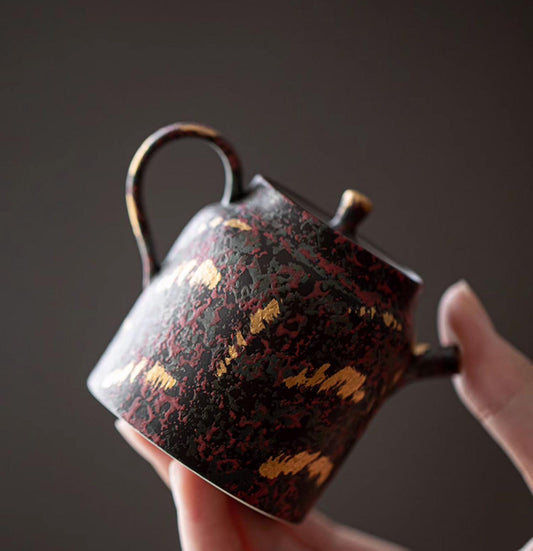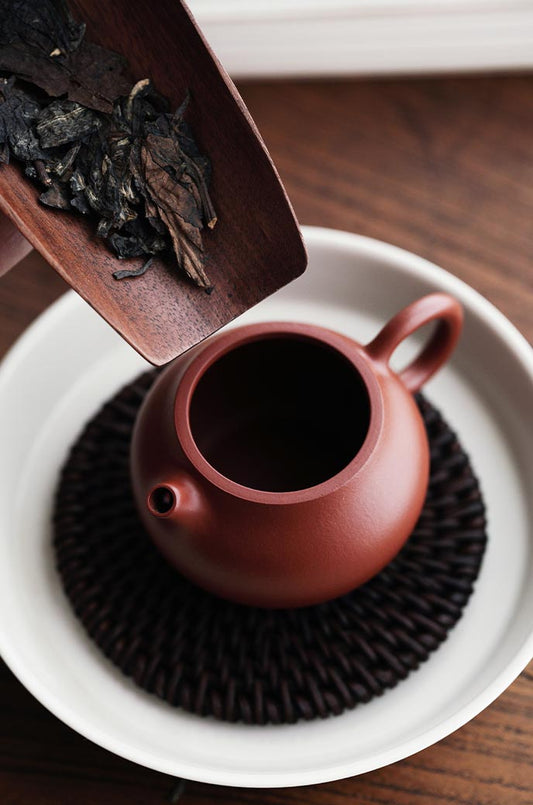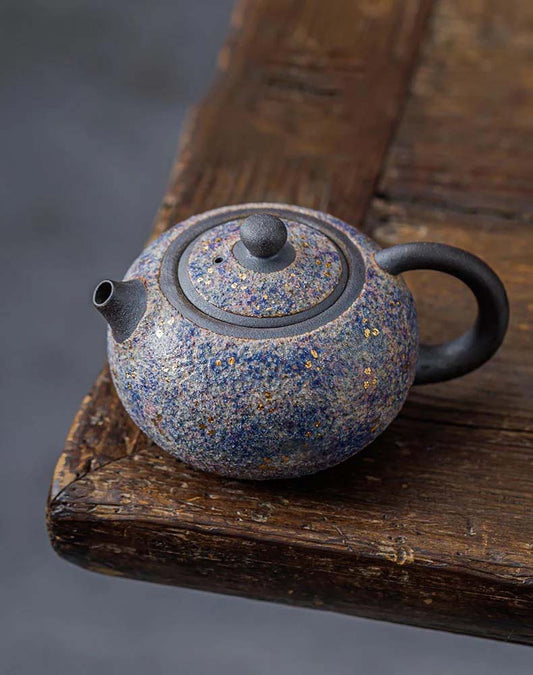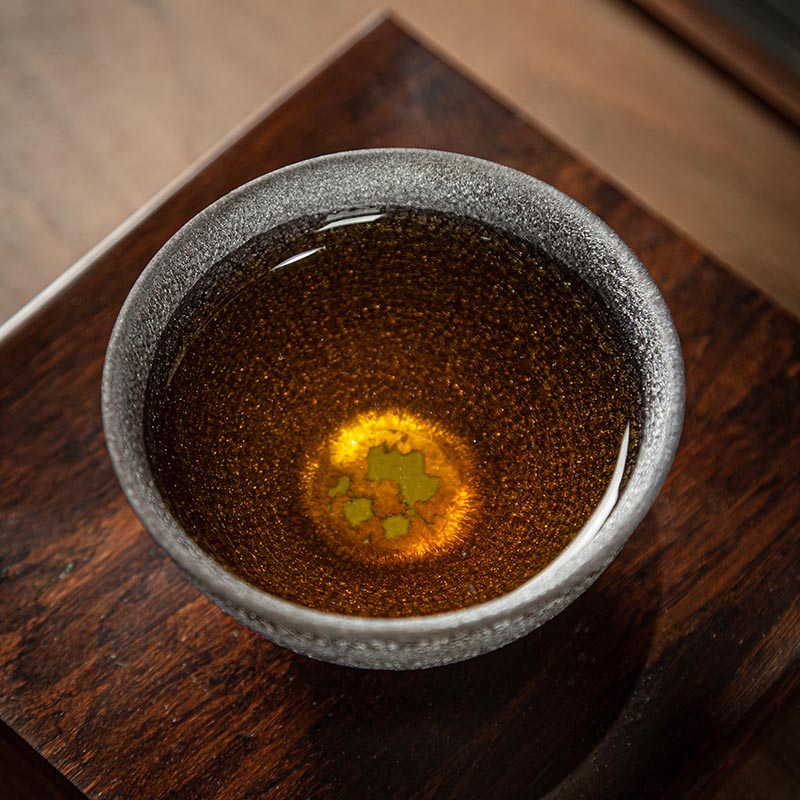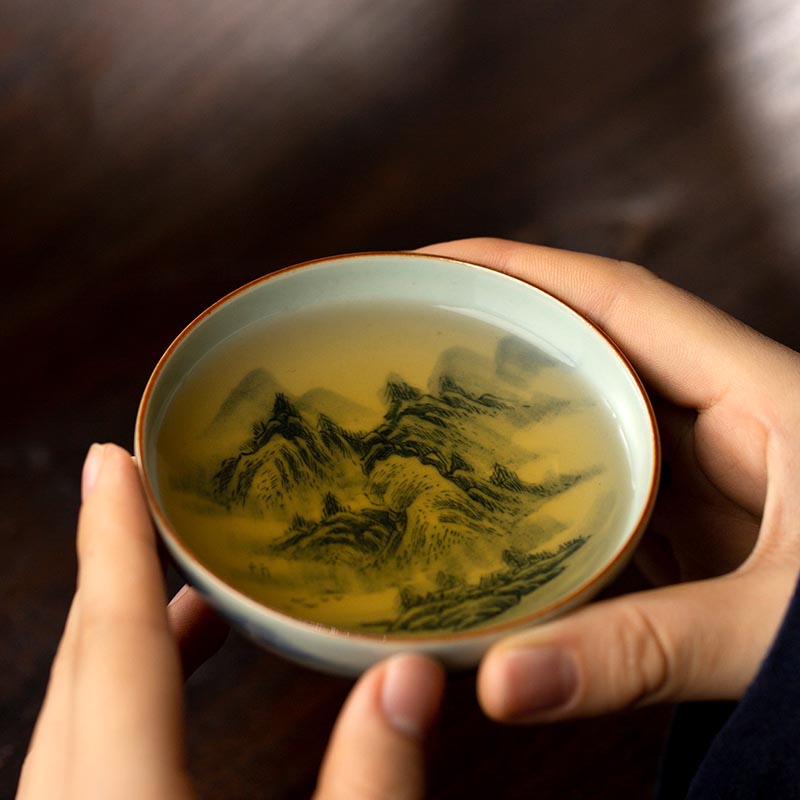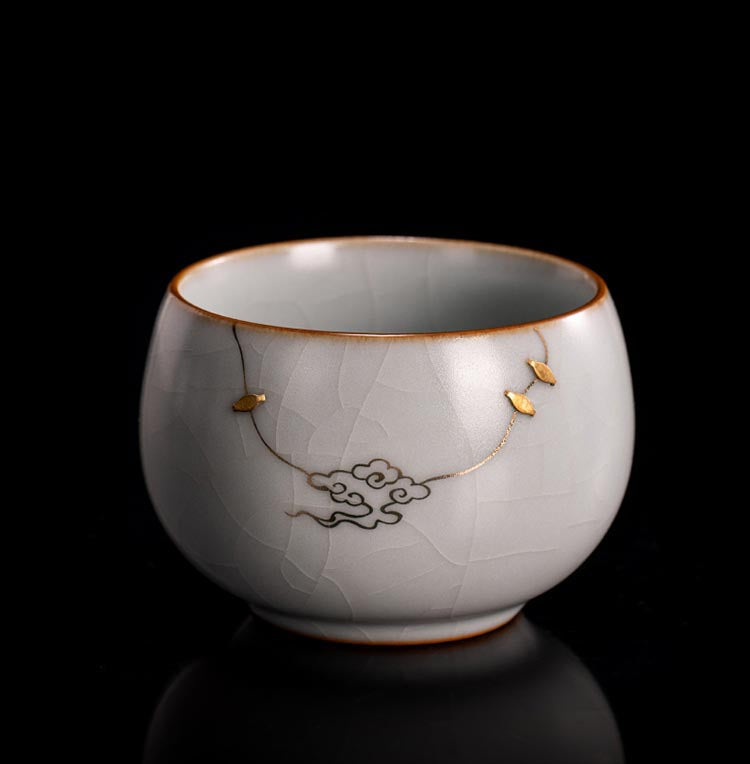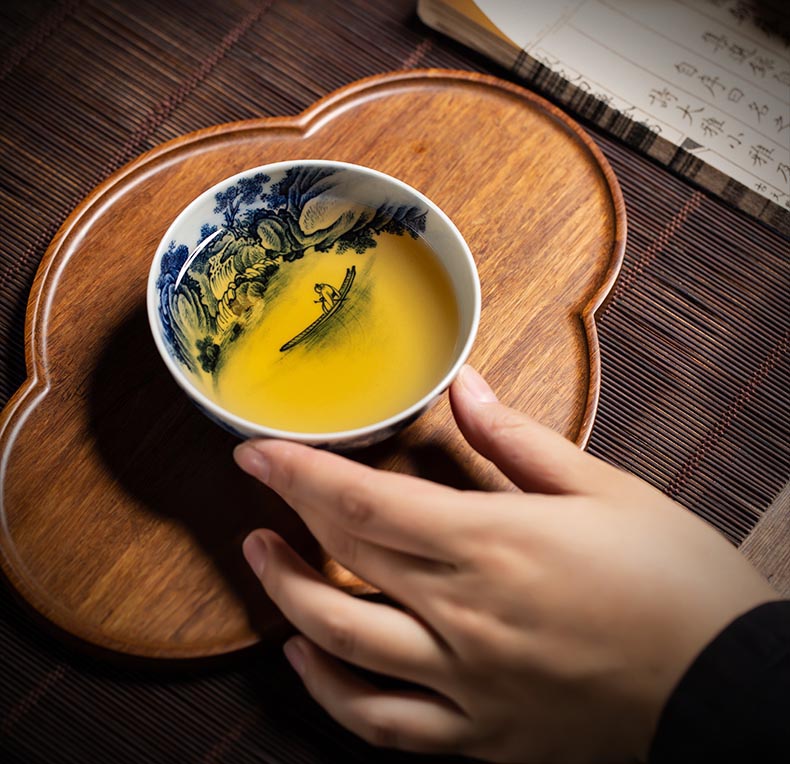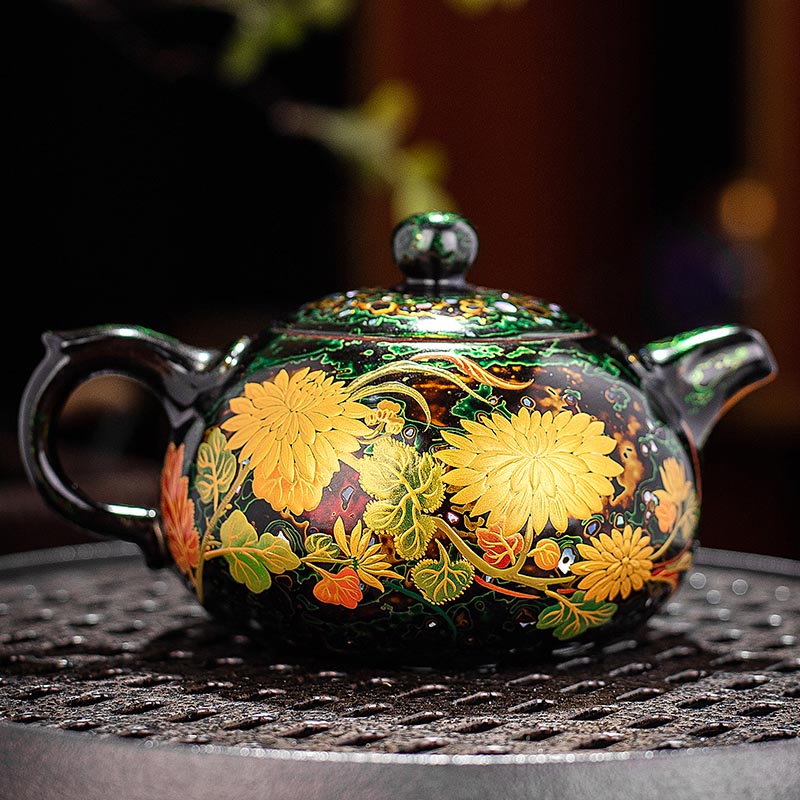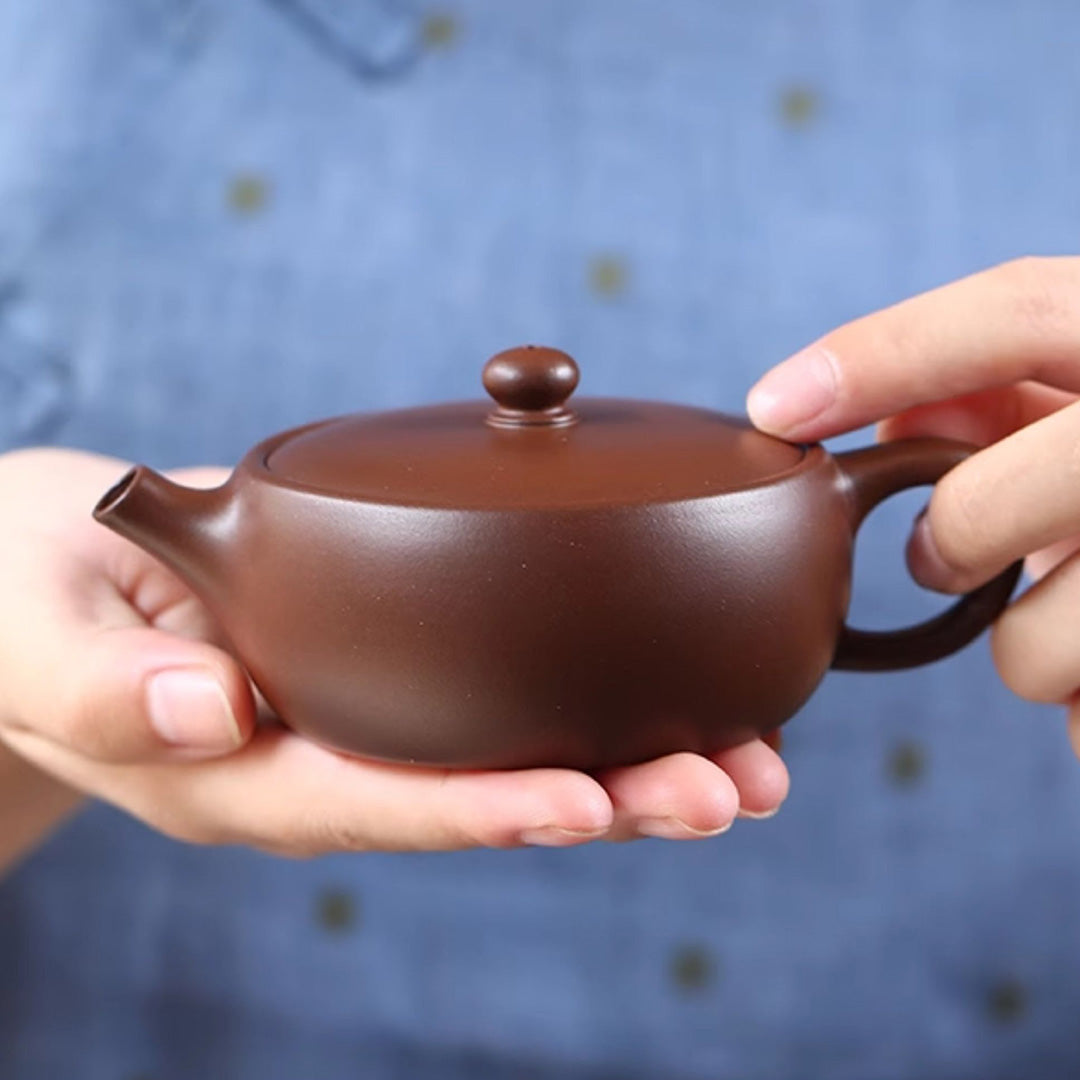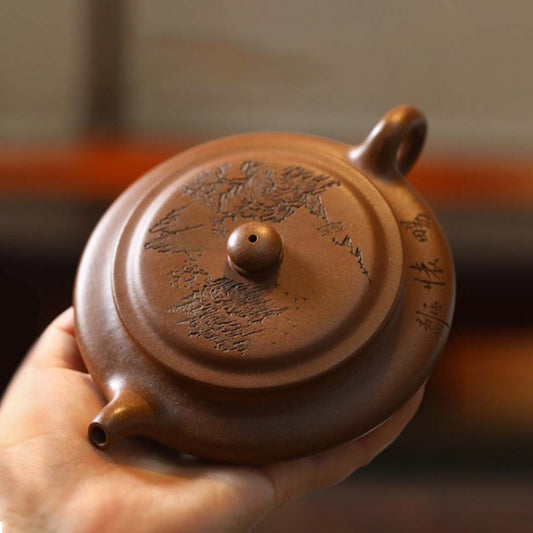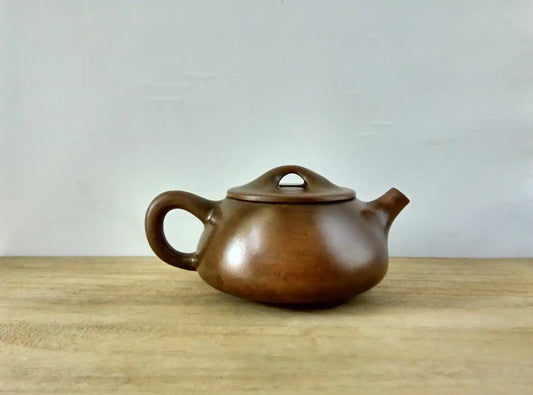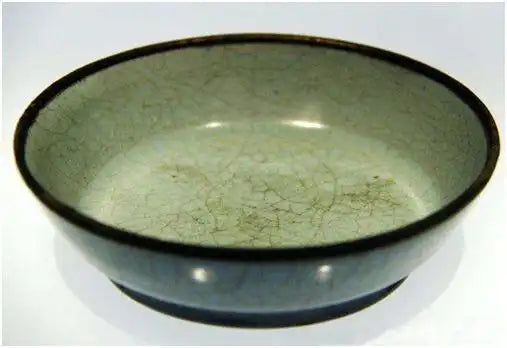The Subtle Art of the Teapot Spout
The Subtle Art of the Teapot Spout
In a world where tea is celebrated as much for its tranquillity as its taste, every detail matters. And when it comes to the humble teapot, the spout is a silent yet crucial player that often goes unnoticed. I remember my first encounter with a Yixing teapot, its clay sienna smooth to the touch and its spout angled with a gentle curve. The spout, I quickly learned, is the artisan's signature—subtle but defining.
There's a certain grace in the way a well-crafted spout pours. It's not just about the aesthetics, although there's a beauty in the alignment and balance, but also about function. The angle and length are no random choices; they are calculated with precision to create the perfect arc of tea from pot to cup. Some spouts are short and stout, designed for a controlled, steady pour, ideal for delicate green teas that demand precision. Others are long and slender, channeling the liquid into a smoother, uninterrupted stream, perfect for the more robust oolongs and black teas that reveal their complexity with each pour.
What fascinates me most is the cultural tapestry interwoven with these functional aspects. Take, for instance, the history of the Japanese kyusu teapot. Its side handle is more akin to a spout in function, allowing for a rotation that decants leaf to liquid with precision. This design speaks to the Japanese ethos of wabi-sabi, the appreciation of the imperfect and transient, where even an accidental drip is part of the experience.
The artistry of a teapot spout also lies in its craftsmanship. Imagine a potter at their wheel, patiently shaping the clay, knowing that the spout must be more than just an extension. It must be an embodiment of balance. The process is deceptively simple—a single piece that must be hollowed out and carved just right. Too narrow, and the tea will sputter; too wide, and control is lost.
I often think of the stories behind these teapots as I watch the tea arc into my cup. Each spout whispers tales of ancient kilns and the hands that shaped them, connecting us to a lineage that spans continents and centuries. It's a gentle reminder that in the world of tea, as in life, the smallest things can carry the greatest significance.
Next time you pour a cup, pause for a moment to appreciate the spout; it's the unsung hero of your tea ritual. In a world that often rushes towards the next big thing, there's something profoundly grounding in paying attention to the details that make up our daily lives.


